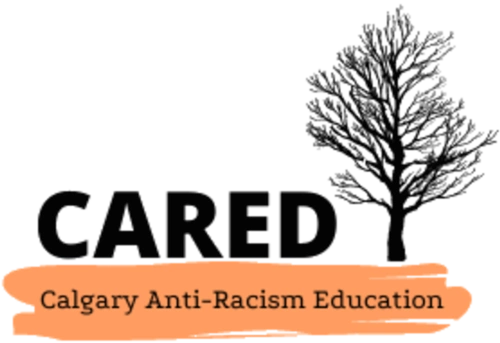
Donate to the Linda McKay-Panos Scholarship Fund

Donate to the Linda McKay-Panos Scholarship Fund


“It was just a personal opinion.”
“I was just doing my job and following procedure.”
“Anyone can apply for that job.”
“Anyone can play hockey or take music lessons in this city.”
Racism occurs between individuals, on an interpersonal level, and is embedded in organizations and institutions through their policies, procedures and practices. In general, it may seem easier to recognize individual or interpersonal acts of racism: a slur made, a person ignored in a social or work setting, an act of violence. However, “individual” racism is not created in a vacuum but instead emerges from a society’s foundational beliefs and “ways” of seeing/doing things, and is manifested in organizations, institutions, and systems. But that is not to say that individuals cannot be anti-racist within, and despite, systems and institutions that are systemically racist.
Individual racism refers to an individual’s racist assumptions, beliefs or behaviours and is “a form of racial discrimination that stems from conscious and unconscious, personal prejudice” (Henry & Tator, 2006, p. 329). Individual racism is connected to/learned from broader socio-economic histories and processes and is supported and reinforced by systemic racism.
Because Canadian culture tends to privilege individualism and freedom of speech, some people argue that their statements/ideas are not racist because they are just “personal opinion.” Here, it is important to point out how individualism functions to erase hierarchies of power, and to connect unrecognized personal ideologies to larger racial or systemic ones. Individualism can be used as a defensive reaction which why it is crucial to understand systemic racism and how it operates.
It should also be noted that people of colour and Indigenous people may oftentimes internalize racism, knowingly or unknowingly, usually as a survival mechanism. Internalized racism can be defined as “the individual inculcation of the racist stereotypes, values, images, and ideologies perpetuated by the White dominant society about one’s racial group, leading to feelings of self-doubt, disgust, and disrespect for one’s race and/or oneself” (Pyke, 2010, p. 553). This can show up in a number of ways, ranging from skin bleaching to policing one’s own behaviour in order to defy a stereotype, “fit in,” or not appear as “too much” of something that is not the “norm.”
↳ See Maisha Z. Johnson’s 5 Signs That I’m Struggling with Internalized Racism
Systemic racism includes the policies and practices entrenched in established institutions, which result in the exclusion or promotion of designated groups. It differs from overt discrimination in that no individual intent is necessary (City of Toronto).
It manifests itself in two ways:
Some forms of systemic racism may be more explicit or easier (for some) to identify than others:
Other forms or manifestations of systemic racism may not be as readily obvious to some, usually to those privileged by the system. We’ve included a few more examples of systemic racism as follows:
Education:
School curricula claims to be “inclusive” and “representative,” and there have been some significant improvements in curricula development and delivery in recent decades. However, these shifts towards “inclusiveness” are often problematic, resulting in a lack of engagement/participation of Indigenous students and students of colour because:
Hiring and Advancement Practices:
While many businesses and corporations have “diversity” policies, and many individuals in these workplaces do want a more representative work force, many businesses and corporations are still predominantly white. One need only to look at the photos in any Business Section of a city newspaper to see this. Why is this the case? White individuals tend to feel more comfortable with people who talk and act most like themselves, and because of this, institutions and systems tend to reproduce themselves in ways that perpetuate the status quo. Currently, many companies are using the concept of “fit” in hiring practices. “Fit” refers to how a person is perceived as “fitting in to” and “contributing to” an existing workplace. It is discouraging, but perhaps not surprising, then, that white employers will, generally, see white applicants (with white, middle-class perspectives) as a better fit than a person of colour whose first language is not English.
Access to Sports/Recreation:
Organized hockey, from Minor Hockey to the NHL, is predominantly white (and still male). There is no explicit policy that excludes people of colour and Indigenous people from participating in organized hockey, yet there are few players of colour/Indigenous players. What is it that keeps organized hockey “white”? Playing hockey is expensive (fees and gear), time consuming for families, requires transportation and an accommodating work schedule, and in Alberta, is conducted in English. While there is no “intent” to exclude non-English speaking, lower-income, shift-working, single-parent families from playing organized hockey, the system is designed by and for middle-class, professional white families.
References:




2500 University Drive NW
Calgary, AB T2N 1N4
(403) 220-2505
aclrc@ucalgary.ca